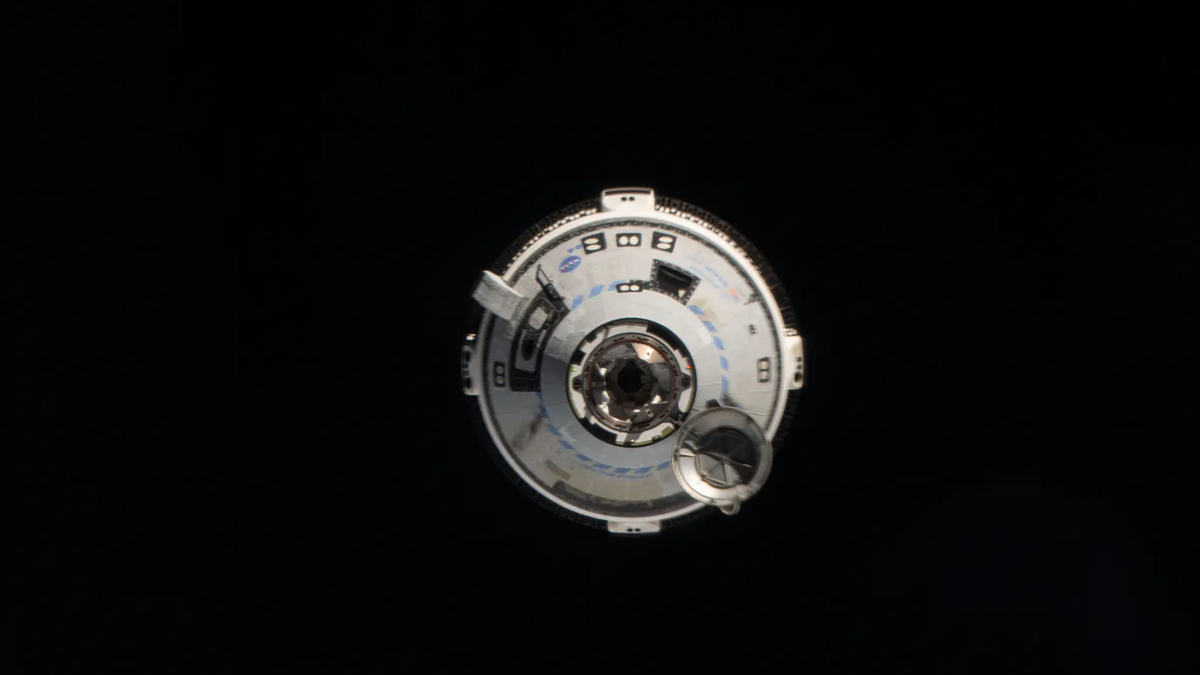Following one dirty anchorage on the International Space Station last week, Boeing managed to send a pair of NASA astronauts to the orbiting laboratory. The stressful Starliner saga continues as the crew capsule developed more leaks in its service module. NASA is currently evaluating its ability to return the pair to Earth.
In an update shared Monday, NASA FOUND that Starliner crews are assessing the impact five helium leaks would have on the remainder of the mission. “While the Starliner is docked, all manifolds are closed for normal mission operations preventing the loss of helium from the tanks,” the space agency wrote.
If you’ve been keeping track, there has been three leaks on the Starliner spacecraft last time we checked. Starliner teams had identified two new leaks in the spacecraft after it launched on June 5, in addition to a helium leak that was detected before liftoff. The team took some time to assess the issue before launching the capsule, but ultimately Boeing and NASA decided to continue flying the crew on the leaky Starliner spacecraft without fixing the problem.
The spacecraft consists of a reusable crew capsule and an expendable service module. Helium is used in spacecraft propulsion systems to allow the propellants to ignite without being flammable or toxic. “We can handle this particular leak if this leak rate goes up to 100 times,” said Steve Stich, manager of NASA’s Commercial Crew Program, during a press conference before the Starliner launch.
Well, it’s getting there. Despite leaks suggesting a larger problem with Starliner’s propulsion system, NASA remains confident in its commercial partner and is downplaying the spacecraft’s anomalies. “Engineers evaluated the helium supply based on current leak rates and determined that Starliner has too much margin to support the return trip from the station,” NASA wrote in its update. “Only seven hours of free flight time are required to perform a normal mission completion, and the Starliner currently has enough helium in its tanks to support 70 hours of free flight activity after separation.”
A “normal completion of the mission” is essential here, seeing as how the Starliner had a hard time docking with the ISS. Starliner missed its first docking opportunity at 12:15 p.m. ET due to technical problems, prompting NASA to target another docking window an hour later. Five of the spacecraft’s thrusters failed during its approach, and four were subsequently recovered. of the capsule finally docked with the ISS at 1:34 PM ET on June 6.
While parked outside the ISS, engineers are also evaluating an RCS oxidizer isolation valve in the service module that did not close properly, according to NASA’s latest update. An RCS, or Reaction Control System, uses thrusters for attitude control and steering, while the oxidizer isolation valve regulates the flow of oxidizer, which is essential for burning fuel in the thrusters. Mission managers are continuing to work on the return plan, which includes assessments of flight rationale, fault tolerance and possible operational mitigation for the remainder of the flight,” the space agency wrote.
Starliner is scheduled to be undocked from the orbiting space station no earlier than June 18 Manned flight test is part of NASA’s Commercial Crew Program and is intended to transport crew and cargo to and from the International Space Station (ISS) under a 4.3 billion dollars contract with the space agency. NASA’s other commercial partner, SpaceX, has so far launched eight crews to the space station.
The first crewed flight of the spacecraft was intended to bring regular trips to the ISS, but NASA may require the Starliner to undergo some adjustments before approving the capsule for normal operations.
For more space flights in your life, follow us X and bookmark Gizmodo’s dedicated Spaceflight Page.
